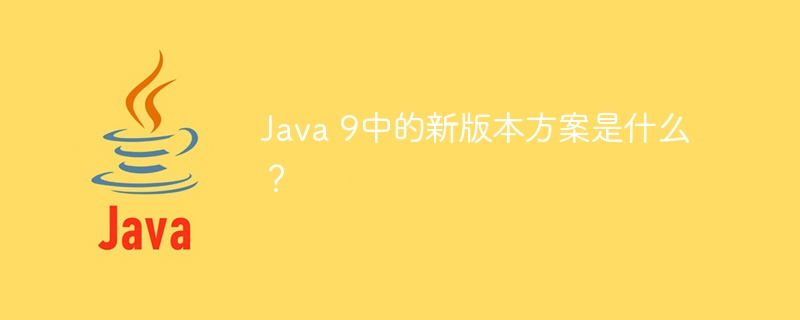

Depuis Java 9, le versioning peut être aligné sur le Semantic Versioning. Le numéro de version peut être une séquence de chaînes non vides séparées par des points. Il contient trois parties principales : numéro de version majeure, numéro de version mineur et sécurité. Le nouveau schéma de contrôle de version est documenté dans la classe Runtime Version , et les informations de version sont accessibles à partir de là.
Le format du numéro de version est le suivant :
<strong>$MAJOR.$MINOR.$SECURITY(.$otherpart)?</strong>
La chaîne de version peut être un numéro de version avec des informations supplémentaires telles qu'un identifiant de version à accès anticipé ou un numéro de build :
<strong>$VNUM(-$PRE)?\+$BUILD(-$OPT)? $VNUM-$PRE(-$OPT)? $VNUM(+-$OPT)?</strong>
public class VersionSchemeTest {
public static void main(String args[]) {
System.out.println<strong>(Runtime.version().toString()</strong>); <strong>// String representation of the version</strong>
System.out.println(<strong>Runtime.version().major()</strong>); <strong>// major version number</strong>
System.out.println(<strong>Runtime.version().minor()</strong>); <strong>// minor version number</strong>
System.out.println(<strong>Runtime.version().security()</strong>); <strong>// security version number</strong>
}
}<strong>9.0.4+11 9 0 4</strong>
Ce qui précède est le contenu détaillé de. pour plus d'informations, suivez d'autres articles connexes sur le site Web de PHP en chinois!
 Comment entrer en mode sans échec sur un ordinateur portable
Comment entrer en mode sans échec sur un ordinateur portable
 Logiciel de système de gestion immobilière
Logiciel de système de gestion immobilière
 Le dernier classement des processeurs Snapdragon
Le dernier classement des processeurs Snapdragon
 Explication détaillée de la commande arp
Explication détaillée de la commande arp
 Quels sont les systèmes d'exploitation cloud ?
Quels sont les systèmes d'exploitation cloud ?
 Les principaux composants du dhtml
Les principaux composants du dhtml
 Que dois-je faire si ma licence Windows est sur le point d'expirer ?
Que dois-je faire si ma licence Windows est sur le point d'expirer ?
 Comment définir un tableau
Comment définir un tableau